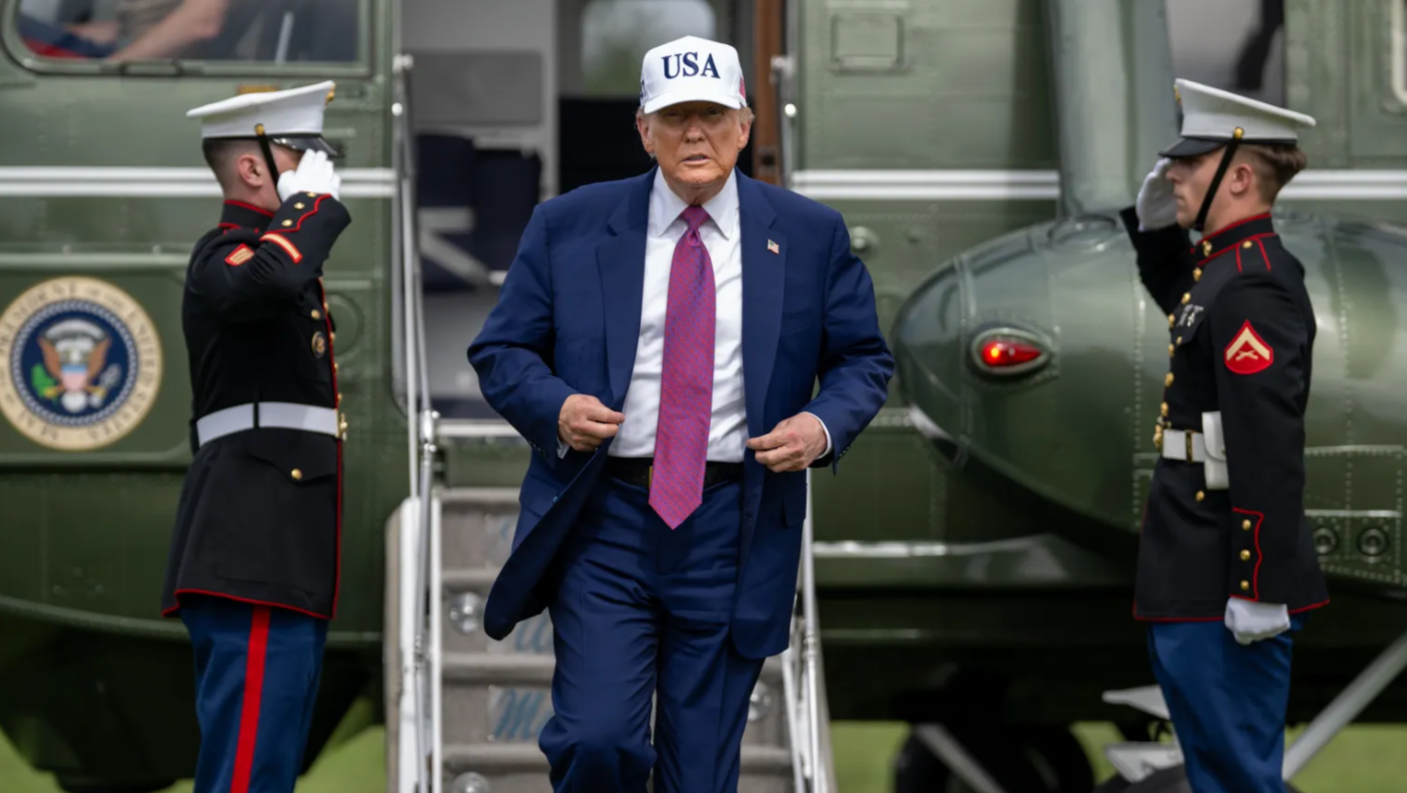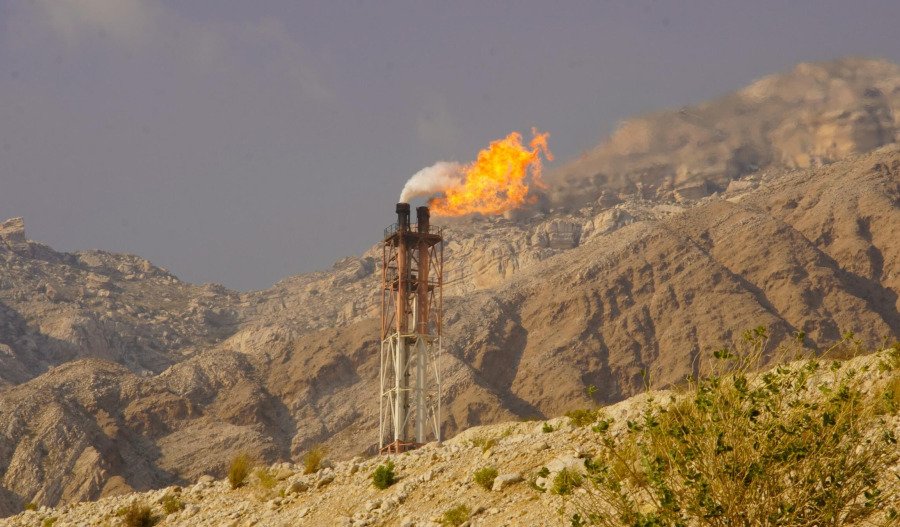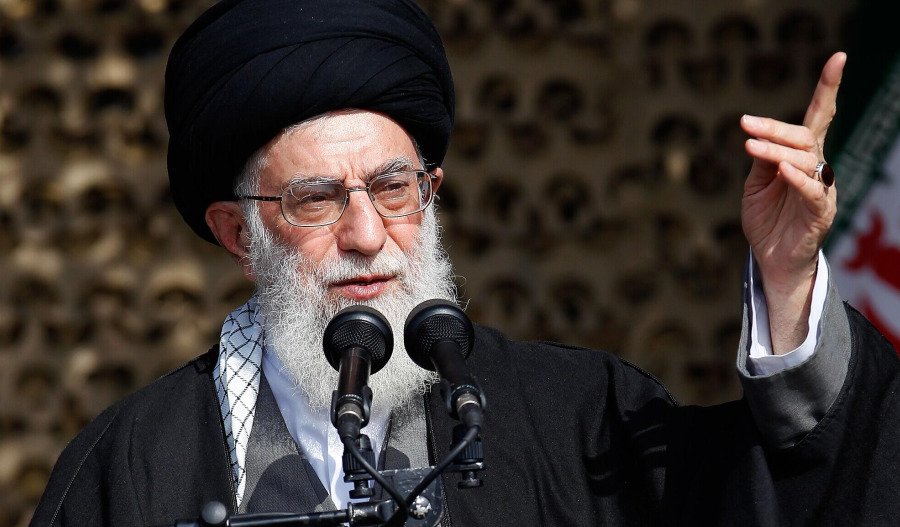United States President Donald Trump has signalled he will decide within two weeks whether to involve American forces in the escalating conflict between Israel and Iran — a move that could reshape geopolitical risk premiums across global markets.
The announcement comes amid intensifying aerial exchanges between the two regional powers and growing concerns over Iran’s nuclear ambitions.
White House Press Secretary Karoline Leavitt framed Trump’s stance as a dual-track strategy: open to diplomacy but prepared to act militarily if Tehran fails to de-escalate.
“He is a peacemaker-in-chief,” Leavitt said, “but unafraid to use strength if necessary”.
Behind the scenes, U.S. envoy Steve Witkoff has reportedly held multiple calls with Iran’s foreign minister, suggesting backchannel diplomacy remains active.
At the heart of the standoff is Iran’s nuclear program.
Trump has reiterated that Iran must not be allowed to acquire a nuclear weapon, with Leavitt warning that Tehran could produce one within weeks if it chooses to proceed.
Leavitt did state that Iran “has all that it needs” and could produce a nuclear weapon “within a couple of weeks” if it chooses to.
This contradicts U.S. intelligence assessments. Director of National Intelligence Tulsi Gabbard testified in March that Iran was not actively building a weapon, but aligns with Israel’s justification for recent strikes on Iranian nuclear infrastructure.
A U.S. military entry could trigger oil price volatility, disrupt shipping lanes, and heighten investor risk aversion across emerging markets. The Strait of Hormuz handles ~21% of global petroleum liquids; any disruption there typically spikes oil prices. Recent WTI crude surges and shipping chokepoint analyses support the claim that U.S. involvement would amplify volatility. Conversely, a diplomatic breakthrough could ease tensions and stabilise regional energy flows.
Trump’s decision window — deliberately vague — appears designed to pressure Tehran while keeping investors and allies guessing.
For now, the administration is walking a tightrope.
Trump’s rhetoric oscillates between threats of “unconditional surrender” and overtures to negotiation.
Whether this is strategic ambiguity or political brinkmanship, the next fortnight could prove pivotal for Middle East stability — and for investors exposed to its fallout.
Related content



